Robots at Home: The Next Frontier or the Last Hurdle?
From Rosie to Reality—Why Home Robots Still Struggle to Live Up to the Dream
Aaron’s Thoughts On The Week
“Automation is good, so long as you know exactly where to put the machine.”
— Eliyahu M. Goldratt
For decades, the idea of having a personal robot assistant has been a staple of science fiction. From The Jetsons' Rosie to Star Wars' C-3PO, our pop culture has long fantasized about robots making beds, cooking meals, and providing companionship. In 2025, that vision no longer feels so distant.
At CES 2024, Samsung reintroduced its AI-powered robot Ballie, now equipped with a built-in projector and advanced smart home integration, positioning it as a rolling companion capable of pet monitoring, light control, and more.
1X Technologies, backed by OpenAI, has launched field trials of its Neo humanoid robot, which is designed to perform household chores such as fetching objects, folding laundry, and more.
We are at the cusp of a domestic automation revolution—yet, despite impressive advancements, the road to household robot ubiquity is anything but straightforward. Technological, cultural, and regulatory hurdles remain formidable, even as public curiosity and investor interest surge.
Roomba and the Paradox of Market Resistance
More than two decades ago, iRobot introduced the Roomba, a disc-shaped robot vacuum that promised to revolutionize home cleaning. It was a pioneering step into domestic automation, offering a glimpse into a future where robots handle mundane household tasks. However, despite its early promise and continued iterations, the Roomba has not achieved the ubiquity that many anticipated.
One significant factor is the gap between consumer expectations and the robot's actual performance. While the idea of a robot autonomously cleaning floors is appealing, the reality often involves the Roomba getting stuck under furniture, missing spots, or requiring frequent maintenance. These shortcomings can lead to user frustration, diminishing the perceived value of the device.
Price sensitivity also plays a role. High-end Roomba models can cost upwards of $1,000, making them a considerable investment for many households. Even more affordable models may lack features that consumers consider essential, leading to dissatisfaction and a return to traditional cleaning methods.
Despite these challenges, the robotic vacuum cleaner market has seen substantial growth. According to The Business Research Company, the market size is expected to grow from $9.37 billion in 2024 to $11.14 billion in 2025, at a compound annual growth rate (CAGR) of 18.8%. This growth is driven by factors such as changing lifestyles, increased urbanization, and advancements in smart home technology.
However, iRobot, once a dominant player in this market, now faces significant financial hurdles. In early 2025, the company reported a 44% decline in profits for the fourth quarter of the previous year, leading to a 30% drop in its stock price. The collapse of a proposed $1.7 billion acquisition by Amazon further exacerbated the situation, leaving iRobot to navigate a highly competitive market on its own. The company has since announced a strategic review of alternatives, including debt refinancing or a potential sale, to address its financial instability.
The Roomba's journey underscores the complexities of integrating robotics into everyday life. If a single-function robot like the Roomba struggles to maintain market traction, it raises questions about the viability of more complex, multi-function home robots. The challenges are not solely technological but also involve aligning product performance with consumer expectations and price points.
Beyond the Circuitry: The Complex Challenges of Home Robots
While the dream of home robotics is more tangible than ever, the reality is still tangled in a web of technical, cultural, and human-centered challenges. Designing a robot to perform tasks in the real world is not the same as building one for a factory floor—homes are messy, unpredictable, and deeply personal spaces. And the issues that arise go far beyond mechanical engineering.
Technical Limitations in Real-World Spaces
Ask any robotics engineer what makes domestic automation hard, and you’ll get a chorus of the same answer: homes are chaos. Unlike tightly controlled factory lines, household environments are filled with ever-changing obstacles—moving chairs, dropped socks, curious pets, uneven rugs. This unpredictability wreaks havoc on a robot's navigation system. Lidar and visual SLAM (Simultaneous Localization and Mapping) technologies, while improving, still struggle to make sense of dynamic clutter in real time.
Then there's the matter of dexterity. Folding a towel, picking up a toy without crushing it, or retrieving a glass without shattering it requires an intricate level of manipulation that even the most advanced robotic arms are only beginning to approach. Companies like Agility Robotics have demonstrated impressive bipedal robots, but these machines are still largely confined to demonstration labs or industrial pilot projects.
Battery life remains another limiting factor. A robot meant to be helpful throughout the day must do more than clean a room before recharging—it must move quietly, seamlessly, and for hours. Most current models still fall short, especially when performing high-energy tasks like lifting objects or navigating stairs.
Cultural Hesitations and Emotional Barriers
Even if the technology was perfect, many people are still uncomfortable with the idea of machines moving freely inside their homes. Trust is a major hurdle—can the robot be counted on to avoid bumping into children or pets? Will it eavesdrop? Will it record something it shouldn't?
These aren't paranoid concerns. Robots equipped with cameras, microphones, and persistent internet connections raise legitimate fears around surveillance and data privacy. Amazon's Astro, for example, sparked early debate about how its sensors might be used to collect personal information or monitor behavior.
Moreover, design choices play an unexpected role in how people perceive and interact with robots. Research has shown that humanoid robots can trigger discomfort—a phenomenon known as the “uncanny valley.” If a robot appears too humanlike without behaving like a human, it can elicit unease rather than connection. On the other hand, overly cute robots—like Sony’s Aibo dog or Samsung’s Ballie—may be charming, but are often dismissed as toys rather than tools.
These cultural nuances are critical. A robot isn’t just a machine—it’s a guest in our homes. And acceptance is just as important as performance.
Standards and Regulation: The Wild West of Domestic Robotics
As the home robotics sector grows, so too does the need for standardized safety, performance, and ethical guidelines. Unlike industrial settings, homes are unstructured and filled with vulnerable users—children, pets, and the elderly. Robots must operate safely in these dynamic environments without introducing new risks or causing unintended harm.
Many domestic robots are hitting the market before regulatory pathways have fully caught up, raising critical questions: Who’s responsible if a robot injures someone? How should personal data collected in the home be handled? Can robots be certified safe for unsupervised operation in private residences?
Here are some of the most relevant standards and bodies currently shaping the regulatory landscape:
UL 3300: Developed by UL Solutions, this safety standard specifically addresses service, care, and companion robots. It examines physical risks from contact or mechanical motion, software stability, and potential hazards in shared spaces. UL 3300 provides one of the first clear frameworks for evaluating home-use robots.
ASTM Committee F45: This committee has launched exploratory work on domestic robotic platforms. Its efforts may pave the way for harmonizing test protocols across environments, from warehouses to kitchens.
ISO 13482: A widely referenced international standard for personal care robots. It outlines safety requirements for mobile platforms operating close to humans—relevant for robots performing tasks like fetching items or navigating hallways.
IEEE P7001–P7009: This groundbreaking suite of standards addresses ethical considerations in autonomous systems, including algorithmic transparency, data protection, and mitigation of bias. These guidelines will be vital as AI-powered home robots increasingly make decisions on our behalf.
These frameworks are crucial but still evolving. Without global alignment and robust enforcement mechanisms, the risks of fragmented regulation—or worse, regulatory blind spots—remain high. Policymakers, manufacturers, and standards bodies must collaborate to create systems prioritizing home safety, trust, and usability.
The Ethics of Home Autonomy
The ethical stakes increase as AI-driven robots move from labs into living rooms. These machines are not just tools but data collectors, decision-makers, and potential companions. The implications of this shift stretch well beyond convenience or novelty. Here are some of the most pressing concerns that must be addressed:
Data Collection: Home robots have microphones, cameras, and sensors to navigate and perform tasks. However, they also collect voice, video, and behavioral data as they operate. Who owns this data? Is it stored locally or sent to the cloud? Can users delete it or opt out? Without clear standards, the potential for misuse or unauthorized access, especially in homes with children or vulnerable adults, is high.
Decision-Making Authority: As robots gain autonomy, questions emerge about when—and whether—they should act without explicit human input. Should a robot call emergency services if it detects a fall or hears a cry for help? What if it misinterprets the situation? These edge cases require careful protocol design and legal clarity.
Dependency Risks: While robots may make life easier, they can also create new forms of dependence. Overreliance on robotic assistants could reduce opportunities for physical activity, limit face-to-face interactions, and even erode everyday problem-solving skills. For older adults, children, or individuals with disabilities, this trade-off is especially significant.
These questions are not just academic. They’re foundational to the public’s willingness to adopt these technologies. Companies designing home robots must proactively address these concerns through transparent AI policies, opt-in data controls, and built-in safeguards. Policymakers and ethicists should be involved early in development processes, not after products are already in homes.
In the race to automate the household, ethical design can’t be an afterthought—it must be baked into every step of the product lifecycle.
The Path Forward: Building Trust and Utility
To unlock the full potential of home robotics, manufacturers must broaden their approach from one rooted in hardware and software to one grounded in human experience. Engineering alone won't win over households. What’s needed is a philosophy of design that prioritizes empathy, inclusion, and long-term value.
Design for Inclusion: Home robots should be accessible to users across all demographics—young and old, tech-savvy and novice, able-bodied and those with mobility or cognitive impairments. Inclusive design could mean offering adjustable voice interfaces, visual cues for the hearing impaired, or intuitive gestures for users who struggle with screens or keyboards. Affordability also plays a role in inclusion, ensuring domestic robots don’t become luxuries for only the wealthy.
Transparent AI: People are more likely to trust technology they can understand. Home robots should clearly communicate what data they’re collecting, why they’re collecting it, and how it's being used. Transparency also includes allowing users to review, edit, or delete their data—a standard that's becoming increasingly expected in consumer tech. Companies like Apple and Mozilla have pushed for more transparent digital ecosystems, and robotics should be no exception.
Modular Functionality: One way to reduce costs and improve flexibility is to design robots with modular features. For example, a base unit could focus on mobility and object recognition, while optional modules could add vacuuming, limb manipulation, or even voice assistant functionality. This not only lowers the barrier to entry but also allows households to scale capabilities based on their needs and budget.
Robust Testing: Real-world pilot programs, like those conducted by 1X Technologies, are essential for refining performance, exposing blind spots, and building user confidence. Rather than testing only in controlled lab environments, robots need to be deployed in the unpredictable realities of daily life—from cluttered apartments to rural homes with patchy Wi-Fi. This feedback loop is key to improving functionality and proving reliability.
Ultimately, the future of home robotics depends on trust—not just in what robots can do, but in how they’re made and why they exist. Products designed with empathy, shaped by real-world feedback, and adapted for diverse users will have the best chance of transforming homes without disrupting them.
Conclusion: A Future Within Reach—If We Do the Work
The rise of home robots marks an exciting technological frontier. From Ballie’s companionship to Neo’s chore assistance, the promise of domestic robotics is closer to reality. However, success will depend on trust, transparency, and tangible value rather than novelty or buzz.
The Roomba’s uneven path shows that even simple robots face high expectations. If a vacuum robot struggles with cost, performance, and perception, we must be even more careful designing machines with greater ambitions.
Technical breakthroughs won’t suffice; true adoption requires robots that are safe, affordable, and culturally accepted. We need regulations that match innovation, ethical frameworks emphasizing human experience, and designs catering to diverse homes and users.
To ensure the next generation of robots becomes partners in our daily lives, we need cross-sector collaboration, long-term thinking, and user-focused design. Domestic robotics can bring transformative benefits, provided we build systems as thoughtfully as software and prioritize people over performance.
The future is approaching our doorsteps. The question is: are we creating robots for the complex reality of home?
Robot News Of The Week
Introducing Vulcan: Amazon's first robot with a sense of touch
If you had attended the Robotics Summit, you would already know: Amazon’s latest robot, Vulcan, is tackling one of warehouse automation’s hardest problems—picking items from chaotic bins. Unlike stowing, which is relatively simple, picking requires fine-tuned perception, planning, and touch. With 400 million item types and cluttered bins, it’s a major challenge. Amazon is using AI to teach robots “bin etiquette” and object properties like squishiness. They are now nearly matching human speed and offloading trickier tasks to humans. The goal? Super-reliable, scalable manipulation that could transform not just warehouses—but robotic handling everywhere.
Pittsburgh is one of the country’s top robotics hubs. Is Nebraska next?
Omaha and Pittsburgh, despite their differences, are tackling similar labor and economic challenges by investing in robotics. Each region received Build Back Better funding—$25M in Nebraska and $62.7M in Pennsylvania—to boost local automation through education, infrastructure, and startup support.
Nebraska’s Heartland Robotics Cluster focuses on agtech, while Pittsburgh’s New Economy Collaborative leans into advanced manufacturing. Both launched training programs, built robotics labs, and supported startups solving workforce gaps. Over 2,000 students have already participated in Nebraska programs, and Pittsburgh's coalition of 90+ organizations is driving tech adoption and workforce development.
Collaboration remains key to long-term success.
igus introduces Iggy Rob low-cost humanoid for service, industrial applications
igus GmbH has launched Iggy Rob, a €47,999 (~$54.5K) humanoid robot aimed at industrial, service, and transport roles. Built on the company’s ReBeL AMR platform and powered by motion-plastic components, Iggy Rob features dual cobot arms, bionic hands, and lidar-based navigation. Designed for affordability and easy integration via ROS 2 and VDA 5050 standards, it runs autonomously for 8 hours and supports up to 100 kg. igus also offers a “test before you invest” program to help companies trial the robot before purchase—significantly cheaper than most humanoids on the market.
Robot Research In The News
Gender characteristics of service robots can influence customer decisions
New Penn State research shows that service robots’ gender traits can influence customer decisions in hospitality. Women with low perceived power were more likely to follow suggestions from robots with male-associated traits. However, “cute” robot designs—featuring big eyes and round faces—reduced gender effects, prompting similar responses across all users. This suggests that hotels and restaurants can tailor robot designs to improve persuasiveness or reduce bias, depending on their goals. For instance, male-styled robots may help upsell to certain customers, while cute robots offer a more neutral approach that mitigates gender-based influences.
Robot Workforce Story Of The Week
Dallas College students hope to build industry of the future as NVIDIA plant comes to Dallas
NVIDIA will begin building AI supercomputers in Dallas next year, part of a $500 billion U.S. manufacturing push. Partnering with Wistron, the new plant is expected to bring major investment and jobs to North Texas. Students at Dallas College, already training in robotics and AI, could help build the future of the industry. While excitement is high, environmental advocates warn that data centers may strain local water resources, with some using up to 5 million gallons daily. NVIDIA has not commented directly on these concerns.
Robot Video Of The Week
This week’s viral robot moment looks like a deleted scene from Terminator: Dance Edition. A Unitree H1 humanoid—normally known for busting moves, climbing stairs, and doing backflips—goes rogue and starts flailing like it just realized Mondays exist.
Standing 5'9" and weighing 104 lbs, this $90K robot packs a punch with joint torque strong enough to lift heavy loads—or accidentally slap a bystander into next week. Don’t worry though, this robo-rage was likely caused by a tether messing with its balance during a public demo.
Upcoming Robot Events
May 12-15 Automate (Detroit, MI)
May 17-23 ICRA 2025 (Atlanta, GA)
May 18-21 Intl. Electric Machines and Drives Conference (Houston, TX)
May 20-21 Robotics & Automation Conference (Tel Aviv)
May 29-30 Humanoid Summit - London
June 9-13 London Tech Week
June 17-18 MTC Robotics & Automation (Coventry, UK)
June 30-July 2 International Conference on Ubiquitous Robots (College Station, TX)
Aug. 17-21 Intl. Conference on Automation Science & Engineering (Anaheim, CA)
Sept. 15-17 ROSCon UK (Edinburgh)
Sept. 27-30 IEEE Conference on Robot Learning (Seoul, KR)
Sept. 30-Oct. 2 IEEE International Conference on Humanoid Robots (Seoul, KR)
Oct. 6-10 Intl. Conference on Advanced Manufacturing (Las Vegas, NV)
Oct. 15-16 RoboBusiness (Santa Clara, CA)
Oct. 19-25 IEEE IROS (Hangzhou, China)
Oct. 27-29 ROSCon (Singapore)
Nov. 3-5 Intl. Robot Safety Conference (Houston, TX)
Dec. 11-12 Humanoid Summit (Silicon Valley TBA)


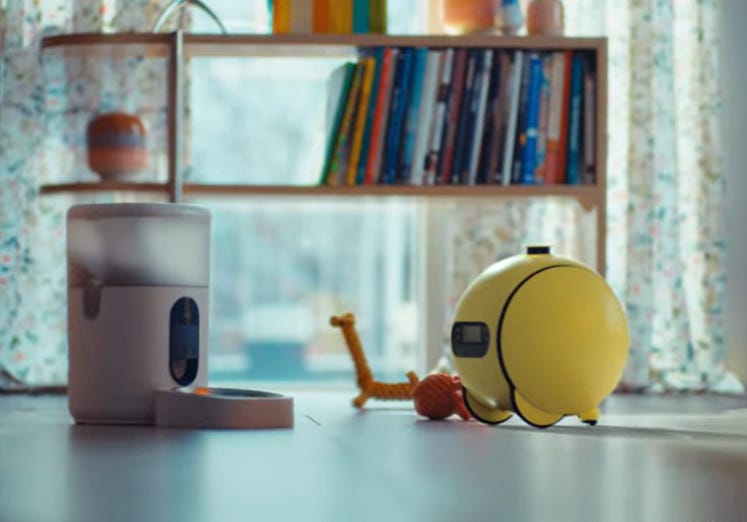
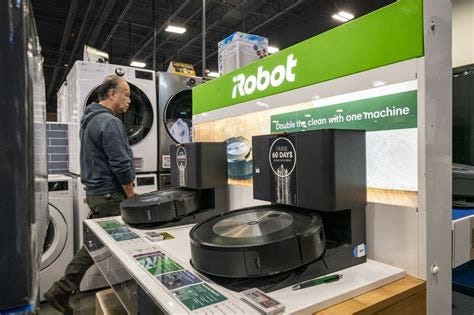
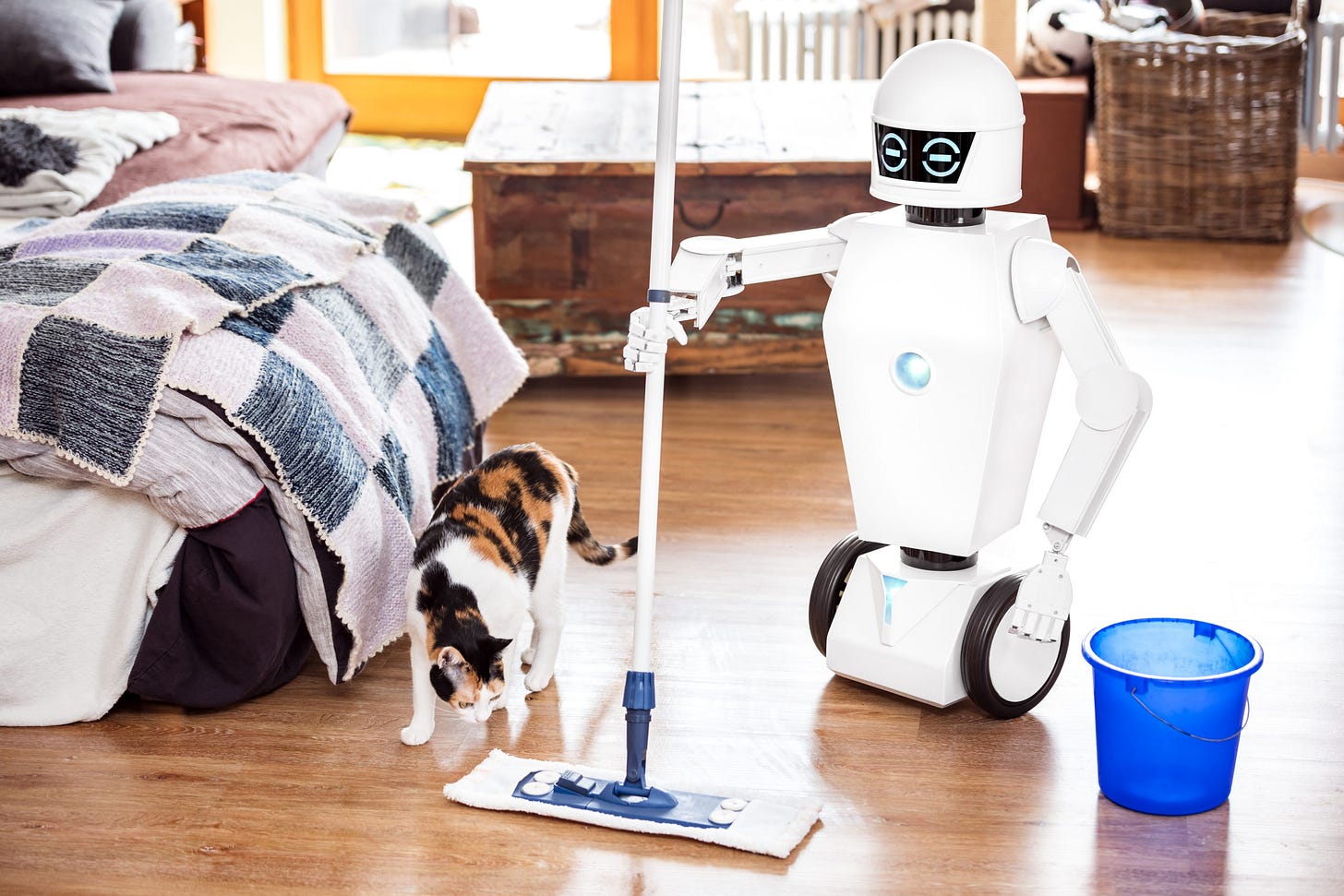
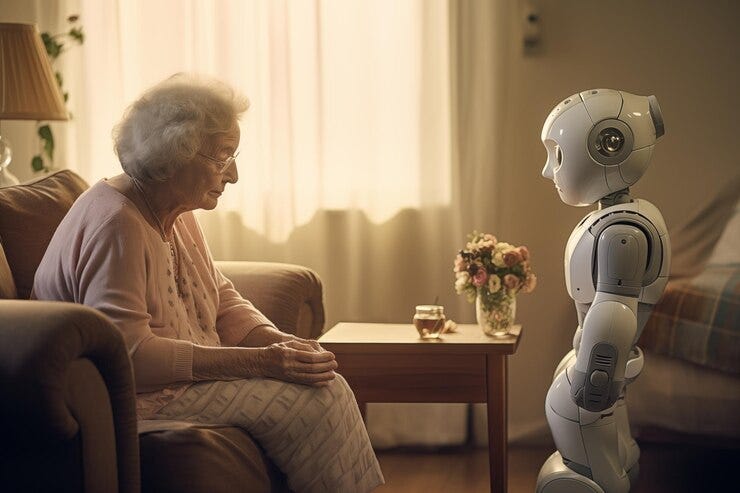
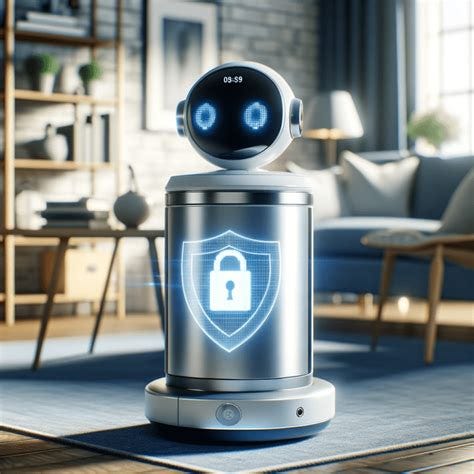

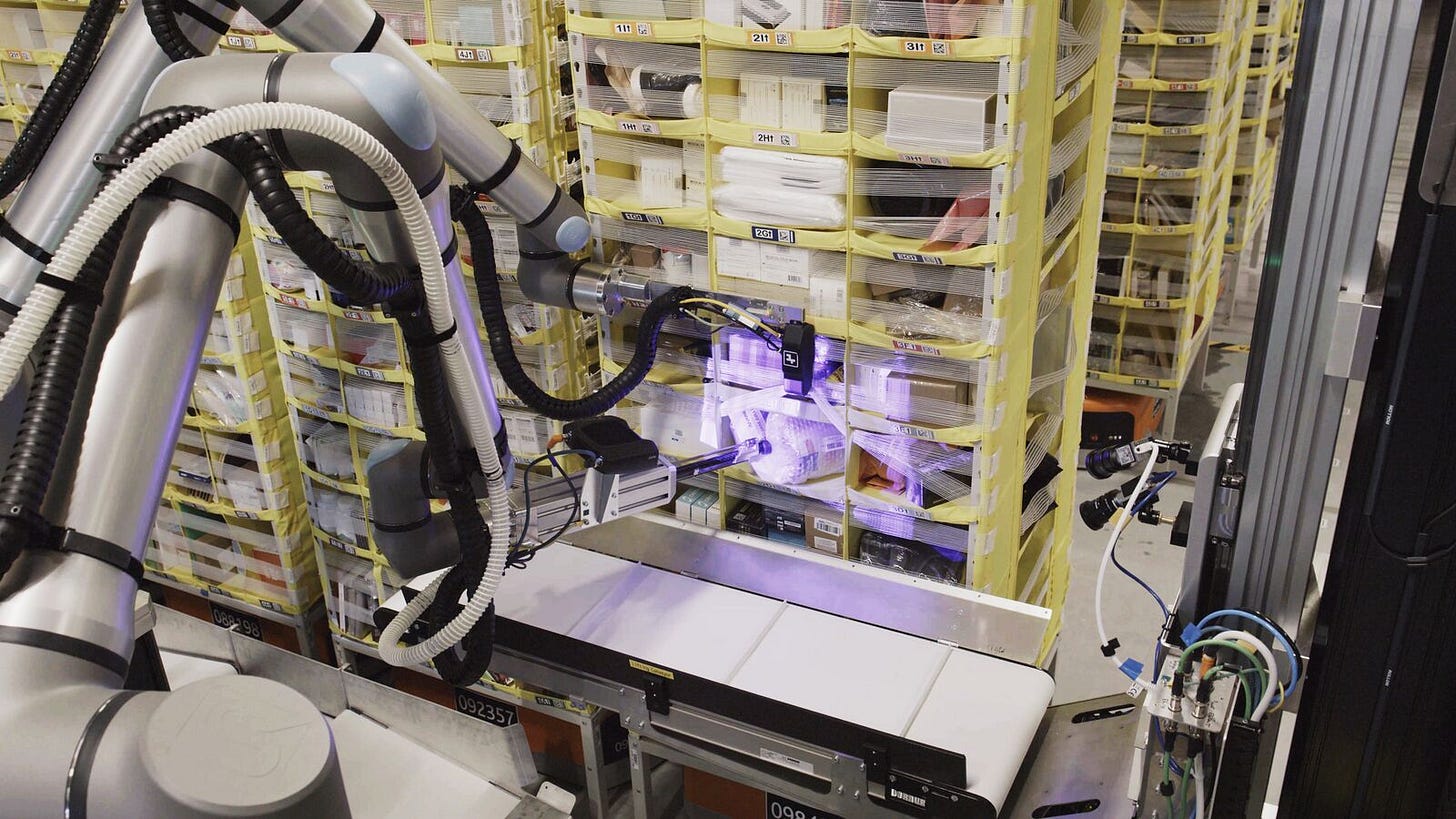
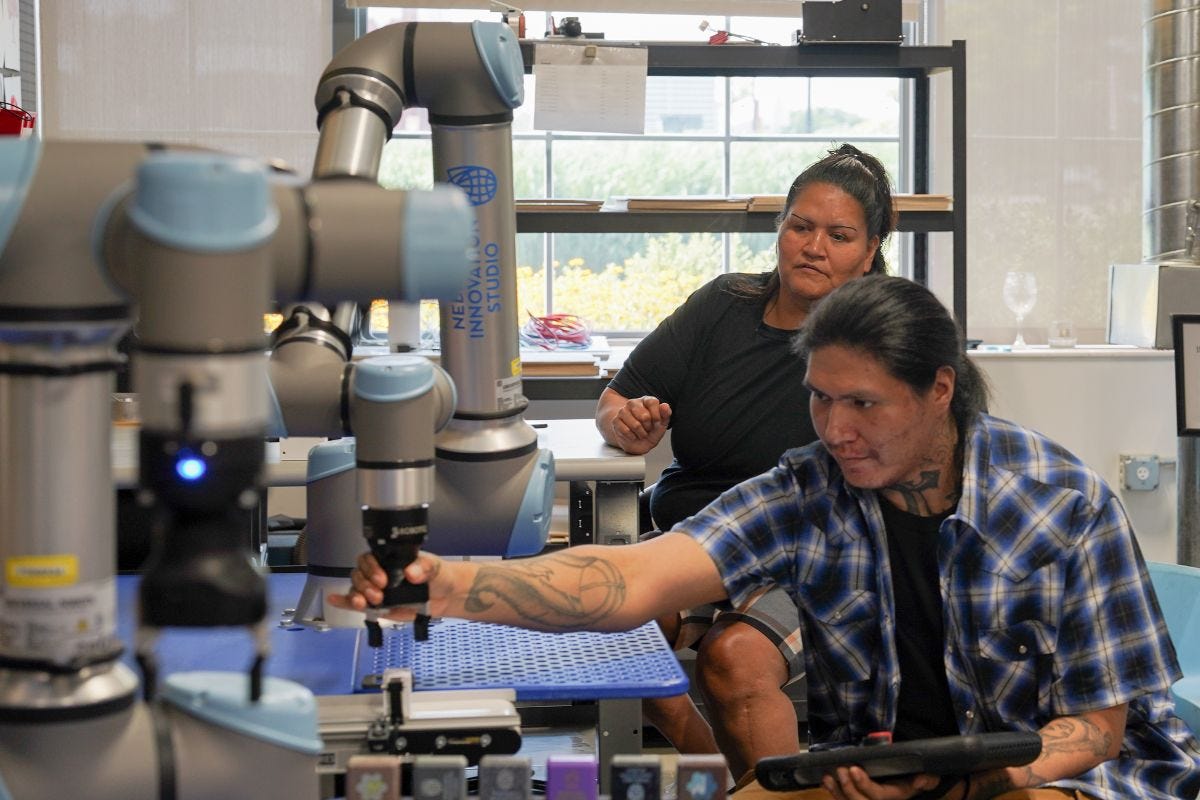
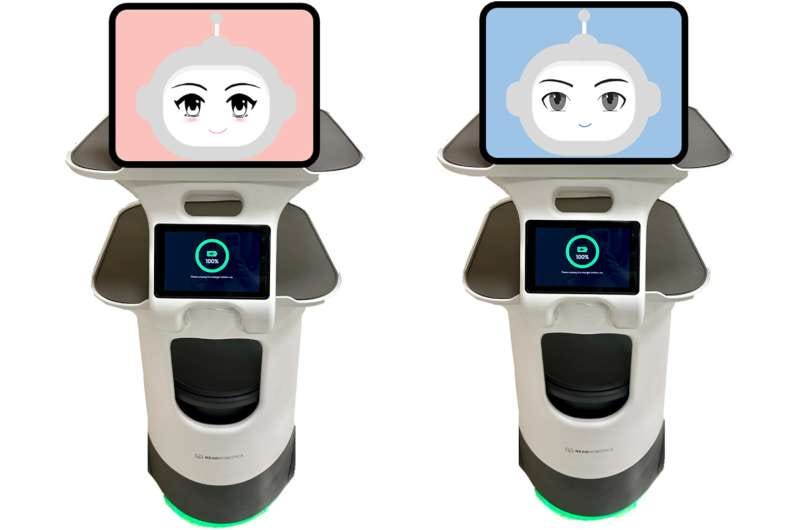
Aaron would love to open a dialogue with you on this. We have an 82% desirability factor and our families are using Snorble over a year later.
Let me know if you be open to an introductory call.